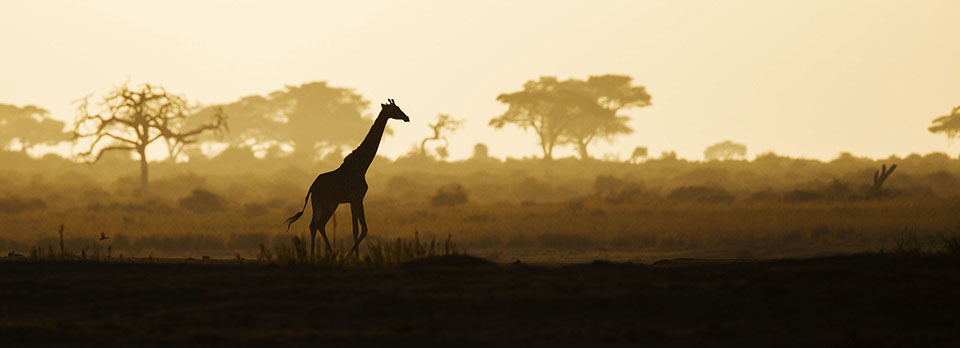
Nic Bishop
Author and Photographer
of Nature Books for Children
Writing
How I Research My Books
The information in my books comes from three main sources.
The first is information that I learned during the years that I studied biology, starting from when I was home-schooled in New Guinea by my father, himself a biologist and teacher, and continuing through my PhD studies. I wasn’t always a good student, but still, it is surprising what sticks. Much of this information in my books is what biologists consider as general knowledge.
My second source of information is perhaps the most interesting - firsthand observation. Because I take photographs, I become more involved in my books than if I were only to write them. As a writer, I could go to a library, get some books on the animal I wanted to write about, and then stay comfortably at home to produce a perfectly good text. But as a photographer, I have to spend five or six months in close contact with my animal subjects. It is the most challenging part of creating these books - and the most time-consuming part too. I may have to travel far afield to find animals in the wild, or else raise them by hand at home. I will watch them hatch from eggs, grow to adulthood, avoid predators and search for food. Sometimes I have to figure out the smallest details of their behaviors and life cycles. Otherwise, I may not get the photographs I need. And during these months of photography, I learn many things about my subjects by firsthand observation, which in turn inform my text. Many of the details I write about - how a mother kangaroo cares for her joey, the courtship dancing of butterflies, how a tarantula sheds its skin. or the length of a chameleon’s tongue - do not come from other books. These are things I have been fortunate to witness.
Of course, I also do my fair share of book research to gather information. I like to visit university libraries where I can find academic books. These are like information gold mines, where I can dig for things that may not have made it into other children’s books. These books are also written by experts and are true to their scientific sources. And what’s more, much of the information in them is referenced back to original research papers, published in scientific journals. I love to play science detective and dig my way down to the bedrock of scientific data published in the primary literature. As well as really being able to check up on the facts, written in the scientist’s own words, I can sometimes find new things to use in my books. Sifting through a scientist’s original tables and charts can provide opportunities to reinterpret their work in a way that makes it accessible to children.
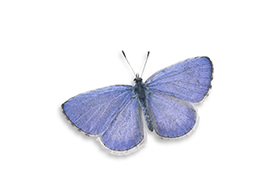
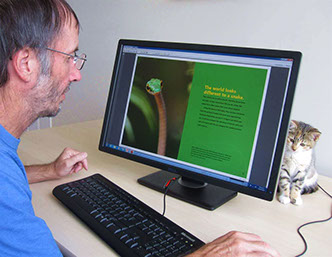
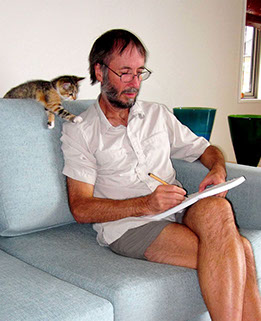
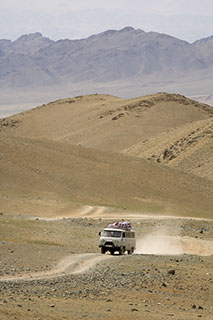
Writing
When I have almost finished the photography for a book I look forward to writing the text. I get to sit in a comfy chair, drink cups of coffee, pet the cat, and lose myself in own imagination filled with frogs, spiders or whatever animal my book is about.
I prefer to write longhand, with pen and paper, at least in the early stages. going to a computer too soon, before I have a very clear idea of a book, can bring the whole process to a halt. Faced by the keyboard, I feel I have to write finished sentences and paragraphs. And if I can’t, then everything freezes. But so long as I’m scribbling things down on a pad, there is no pressure. I can play with words and ideas, and my imagination is free.
I begin by jotting down all the facts I want to include in the book. At first, they are in no particular order. But over a few weeks I rework everything several times. I like to pay particular attention to the overall structure of the book, so that it is informative and yet simple to read in a linear fashion. Ultimately, I may finish six rewrites by hand, and who knows how many cups of coffee, before I go to the computer. But by then, the text has pretty much assembled itself and I can quickly type out a draft of the book.
Bibliographies: Because much of the information in my books does not come directly from other books, or else comes from relatively academic texts that are not accessible to young readers, I often do not include bibliographies in my children’s titles. For those who are interested, I have listed these research bibliographies on this website, for my books published after 2008. They can be found by going to the Books page then clicking on a book.
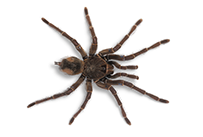
Text and Images - Copyright Nic Bishop